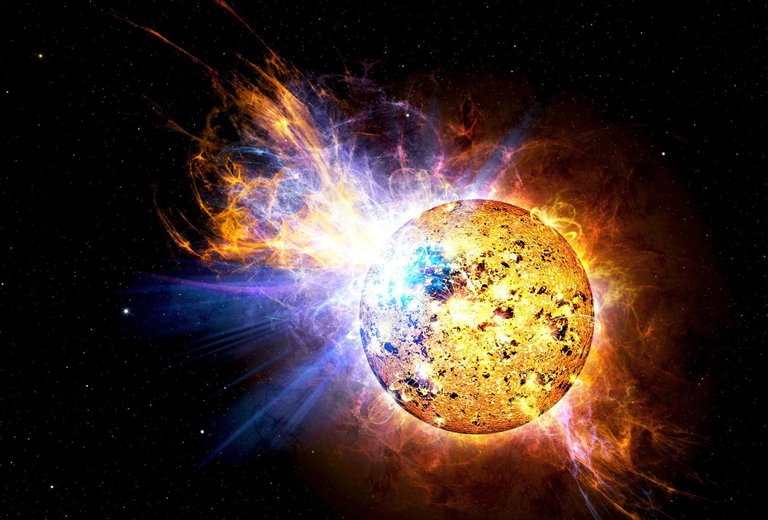Black Hole Collisions Are Really Bright
Astronomers did it again. They connected the gravitational event S190521g – the merging of two black holes that happened last May with a flash in the visible part of the electromagnetic spectrum. This means we got to truly see our first black hole collision.

Image by WikiImages from Pixabay
- Be also sure to check out my other posts and follow me @kralizec and subscribe to my Youtube channel at Kralizec Gaming Youtube Channel
One of the biggest space dramas is when two black holes collide. Such an event stretches physics to its very edges and creates wild gravitational waves that tremble with the Universe itself. But most experts thought that this takes place in the shadows. If just because the two actors of the drama are black holes – invisible to the naked eye. But it seems that this is not always the case.
Matthew Graham from the California Institute of Technology and his team recently found something that could be the first-ever visual observation of the collision and merger of two black holes. And it was one hell of a flash. About as bright as a trillion Suns. The flash is being connected to the gravitational event S190521g which was detected by the gravitational observatory Advanced LIGO last year in May.
The S190521g event is itself quite interesting. The data suggests that the collision took place around another, this time a supermassive black hole – in its accretion disk. An accretion disk is a bizarre place and the fact that two smaller black holes collided there is incredibly lucky – for us. It was the fact that the collision took place in the accretion disk that made the collision visible.
The thing is, as it tends to be in such cases, the scientists cannot be 100 % sure. There may theoretically be a different source of the event. But we can be reasonably sure – the scientists say that with a probability of 99.9 % it was what we think it was. Now they are working on confirming their conclusions.
The unique telescope Zwicky Transient Facility (ZTF) was used to observe the event. ZTF specializes in observing flashes all over the sky making it perfect for this observation. Graham and his team were going through ZTF's data searching for a flash that would correspond to a gravitational event. In the end, they found one.
Detailed analysis showed that the S190521g black hole collision happened very close to the supermassive black hole 1249+3449. This supermassive black hole as an event horizon so large that its circumference is roughly as big as the Earth's orbit around the Sun.
In the truly gigantic accretion disk of this giant two stellar size black holes collided – these had an event horizon with a circumference of just a few dozen kilometers and together they had a mass of roughly 150 Suns. Once the two “small” black holes merged massive gravitational waves got created and the newly made singular black hole stirred up the matter in the accretion disk. This most likely created the flash we observed.
Sources:
- https://www.theguardian.com/science/2020/jun/25/black-holes-may-merge-with-light-of-a-trillion-suns-scientists-say
- https://journals.aps.org/prl/abstract/10.1103/PhysRevLett.124.251102
- If you like the content I’m producing about science maybe you will like the content I produce about gaming as well! Be sure to check out my other posts!
In my layman's opinion, it wasn't two black holes colliding, but a magnetar and a blackhole instead. source supporting my idea